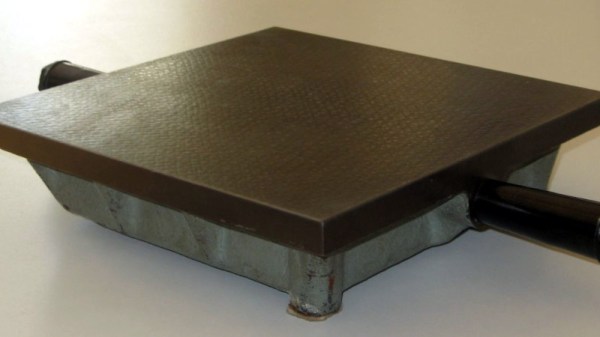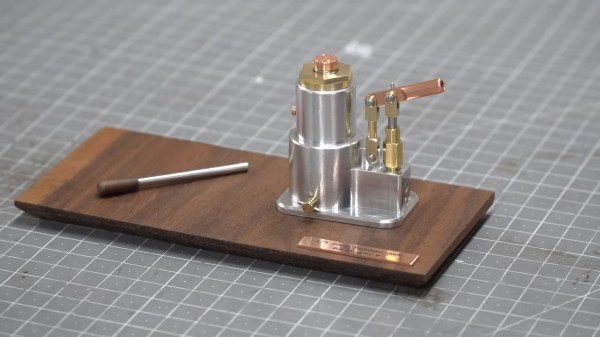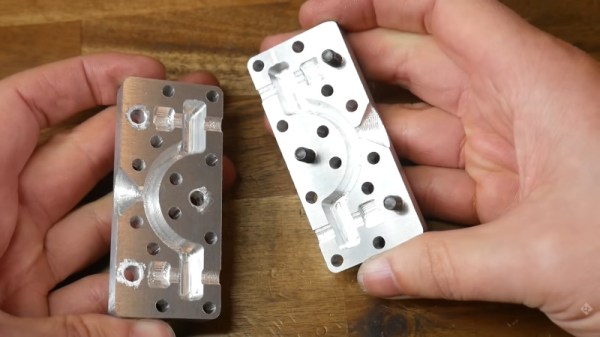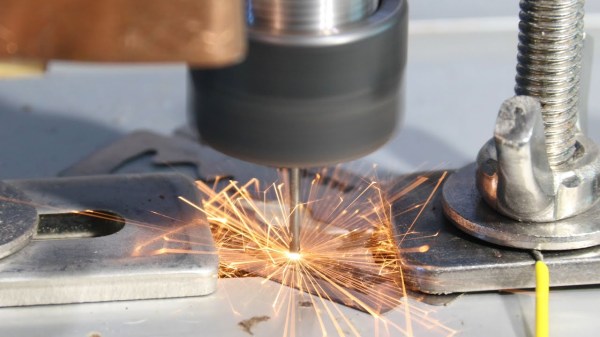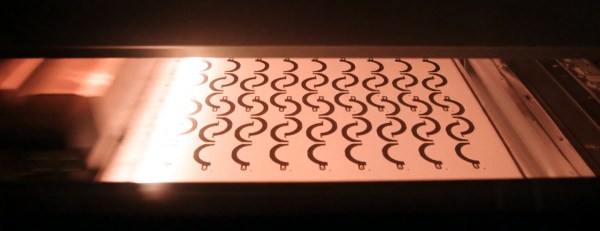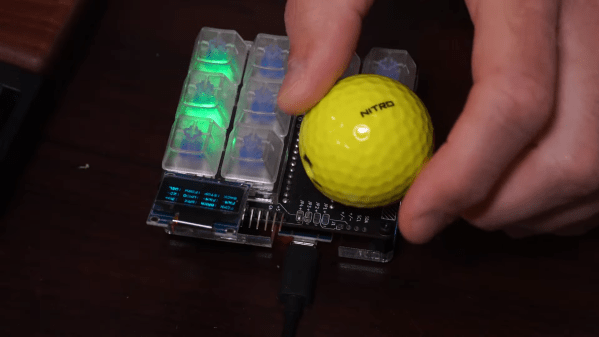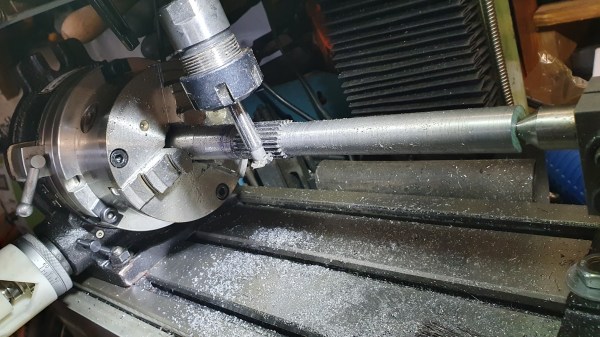
From where I am sitting, the earth is flat. The floor that runs the length of the unit my hackerspace sits in is flat, the concrete apron behind it on which we test our Hacky Racers is flat, and a few undulations in terrain notwithstanding, it remains flat as I walk up the road towards Stony Stratford.
Of course, Hackaday hasn’t lost its mind and joined the conspiracy theorists, the earth is definitely spherical as has been known and proved multiple times since antiquity. But my trivial observation made in a damp part of Buckinghamshire still holds; that for a given value of flat which disregards a few lumps and bumps in the ground, my corner of the English city of Milton Keynes is pretty flat. Which leads from a philosophical discussion to an engineering one, if I can reasonably describe a city-sized area on an Earth-sized sphere as flat, how flat does a surface have to be to be considered flat? And from that stems a fascinating story of the evolution of precision machining. Continue reading “When Nearly Flat Isn’t Really Flat”

